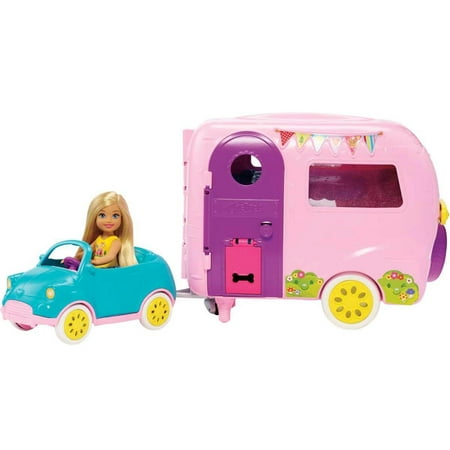LOL Surprise All-Star BBs Sports Series 1 Baseball Dolls with 8 Surprises Including Glitter Doll, Clothes Fashion, Accessories – For Kids Ages 4-15
Unbox 8 surprises, including a fan favorite doll with a sparkly makeover and baseball accessories. Collect both teams – the Heart Breakers and the Lucky Stars.






THE GAME IS ABOUT TO START! Introducing the first series of All-Star BBs sports dolls with accessories including helmet, baseball bat, gloves, etc. Are you teaming up with the Heart Breakers or the Lucky Stars?BASEBALL FASHION OUTFITS! These players love to express themselves with fashions. Every doll – each player, fan and even the umpire – has a fierce uniform, bottle and lots of accessories.DISCOVER 8 SURPRISES YOU’LL LOVE! Will you be able to solve the mystery behind the secret message? Collect player trading cards in each pack! Includes a unique fashion set, accessories, a pair of shoes, a glittery LOL Surprise Doll, and more.SECRET WATER SURPRISE! After a heated game full of loud cheers, make sure to feed your BB’s or bathe them for a water surprise. These sparkly pitchers and batters change colors so be sure to dip them in the water.COLLECT BOTH TEAMS FOR MORE FUN! Find all 12 baseball dolls on 2 teams – Heart Breakers or Lucky Stars! All have unique features like baseball cap, baseball uniform (tops and bottoms), shoes, baseball equipment and accessories, etc.





Reviews
There are no reviews yet.